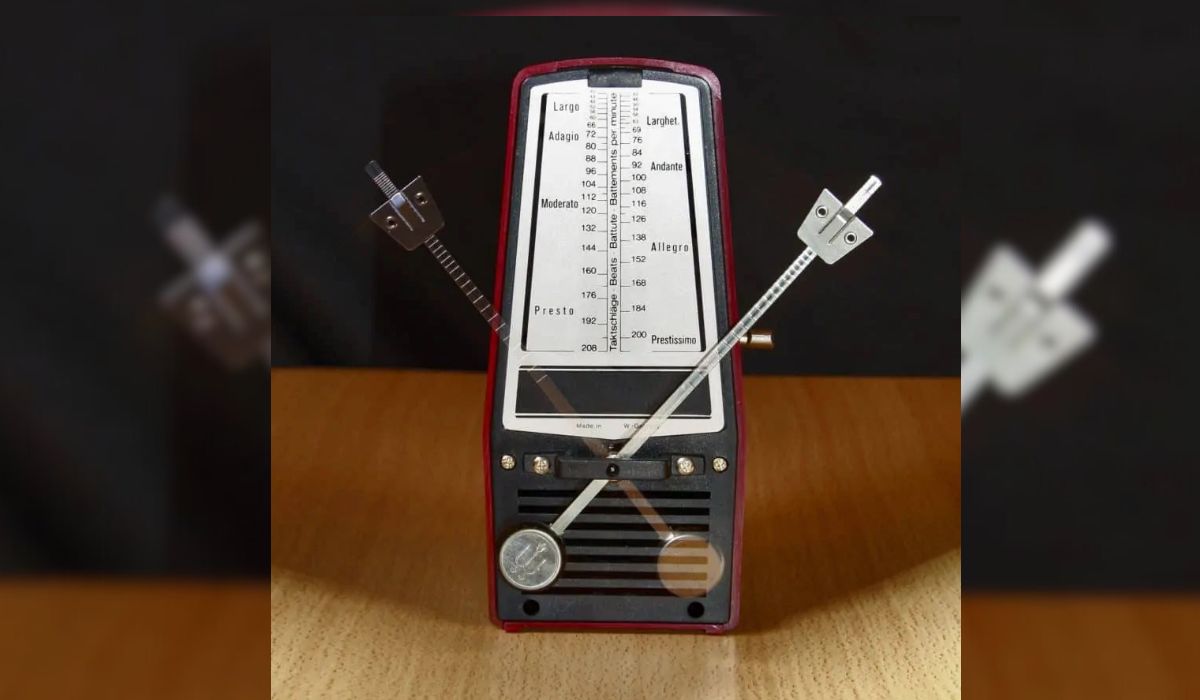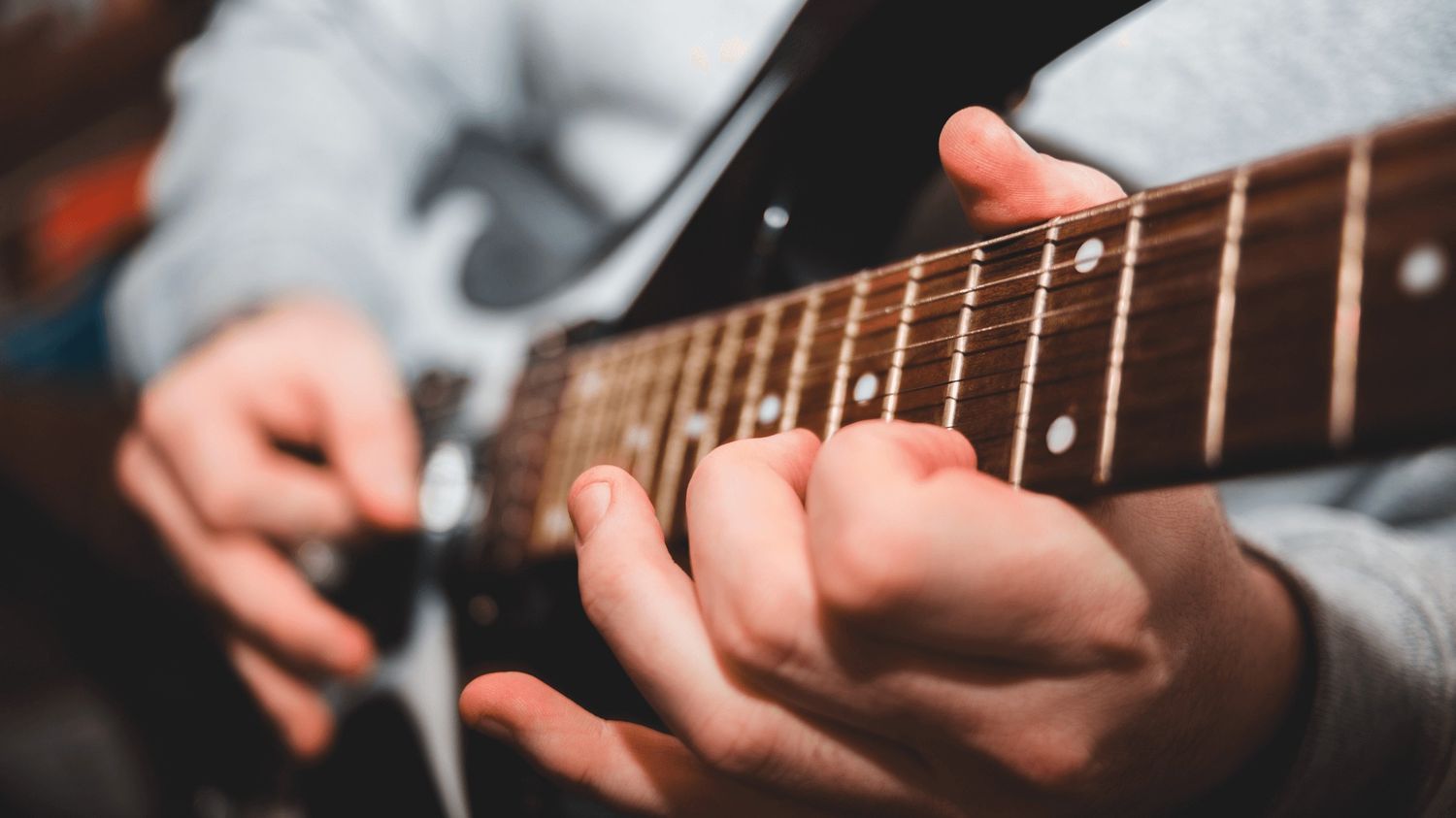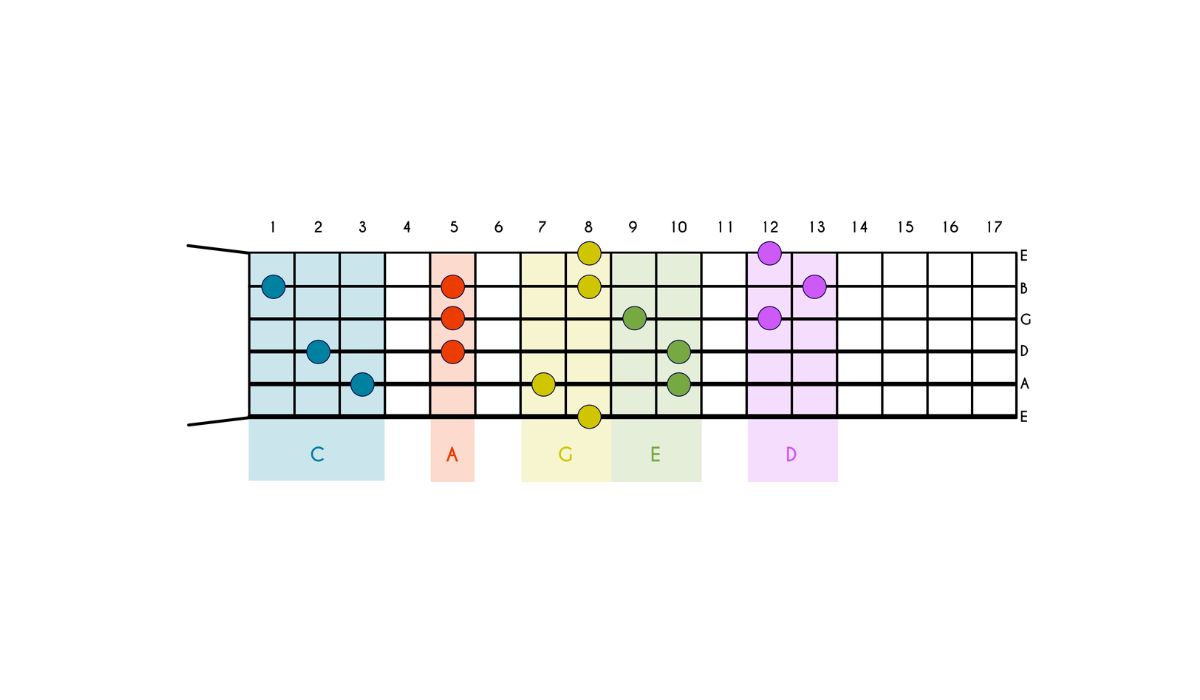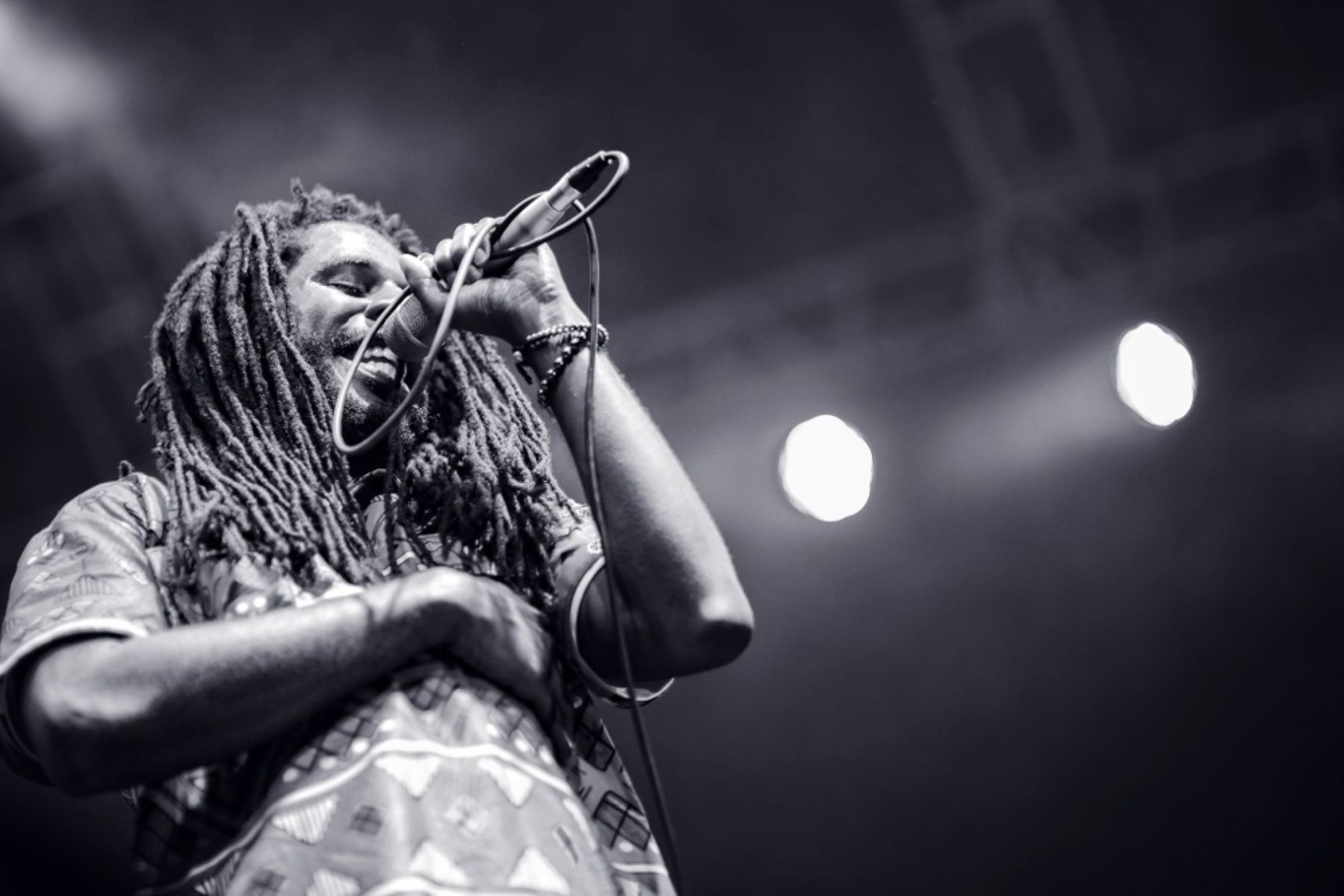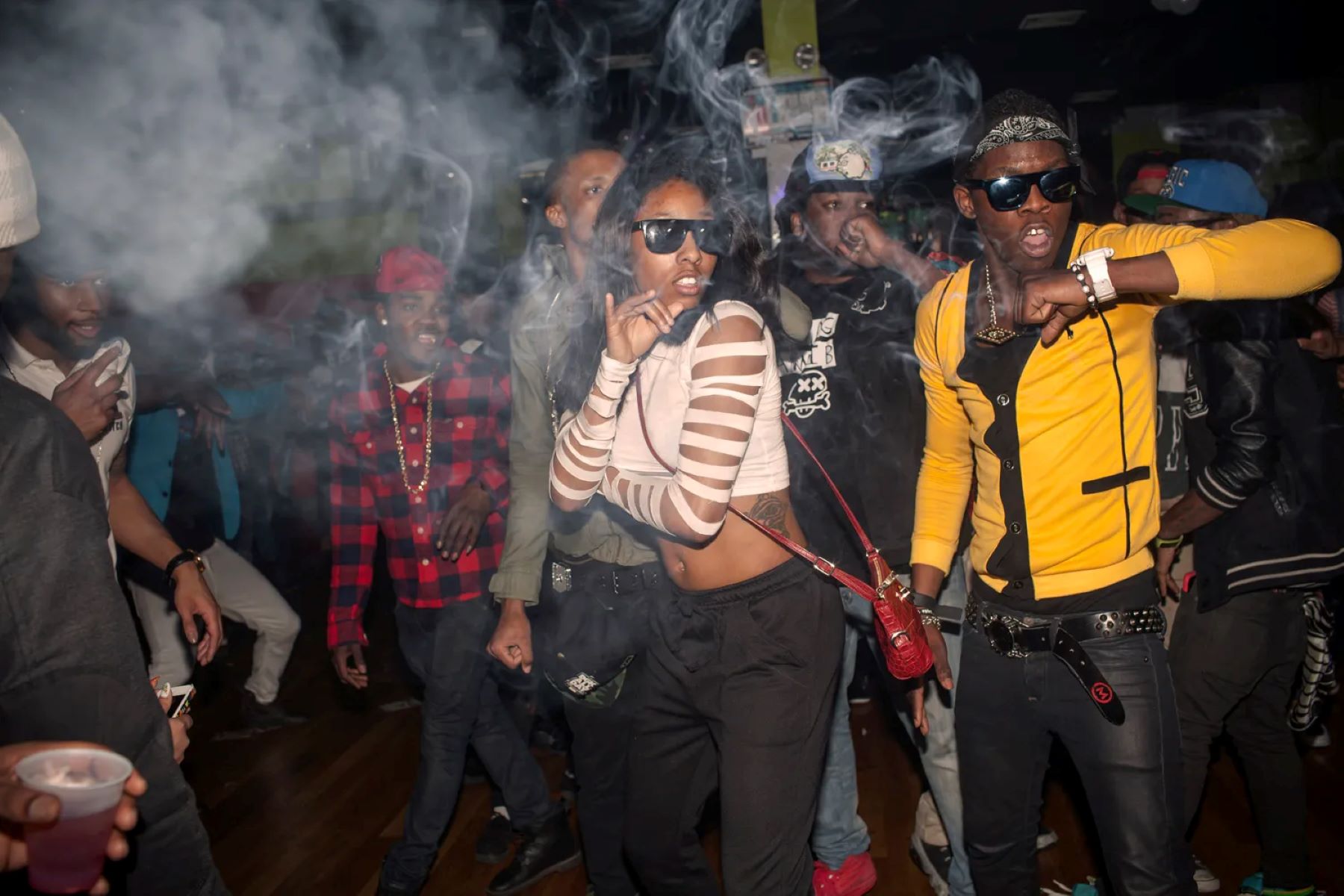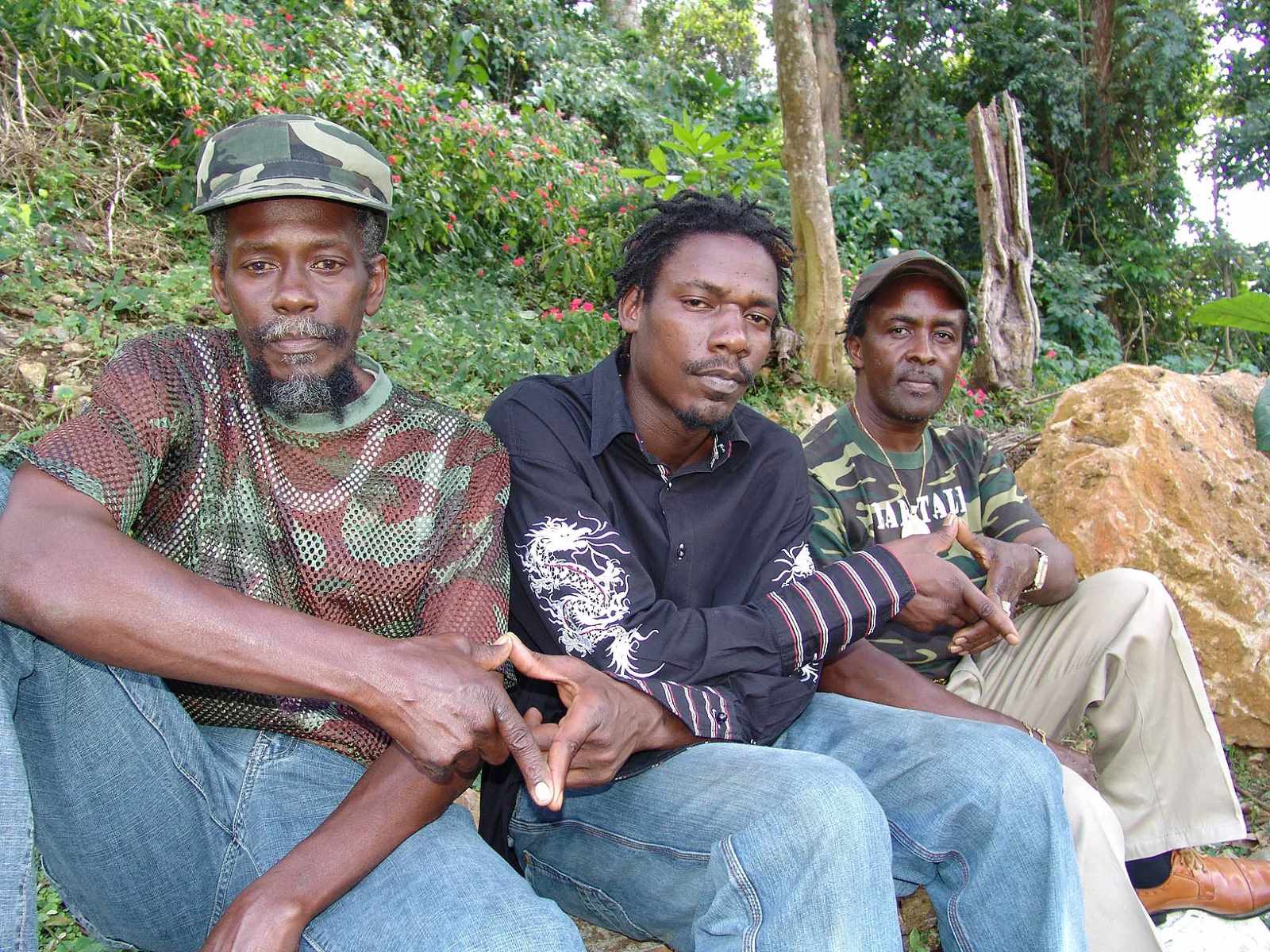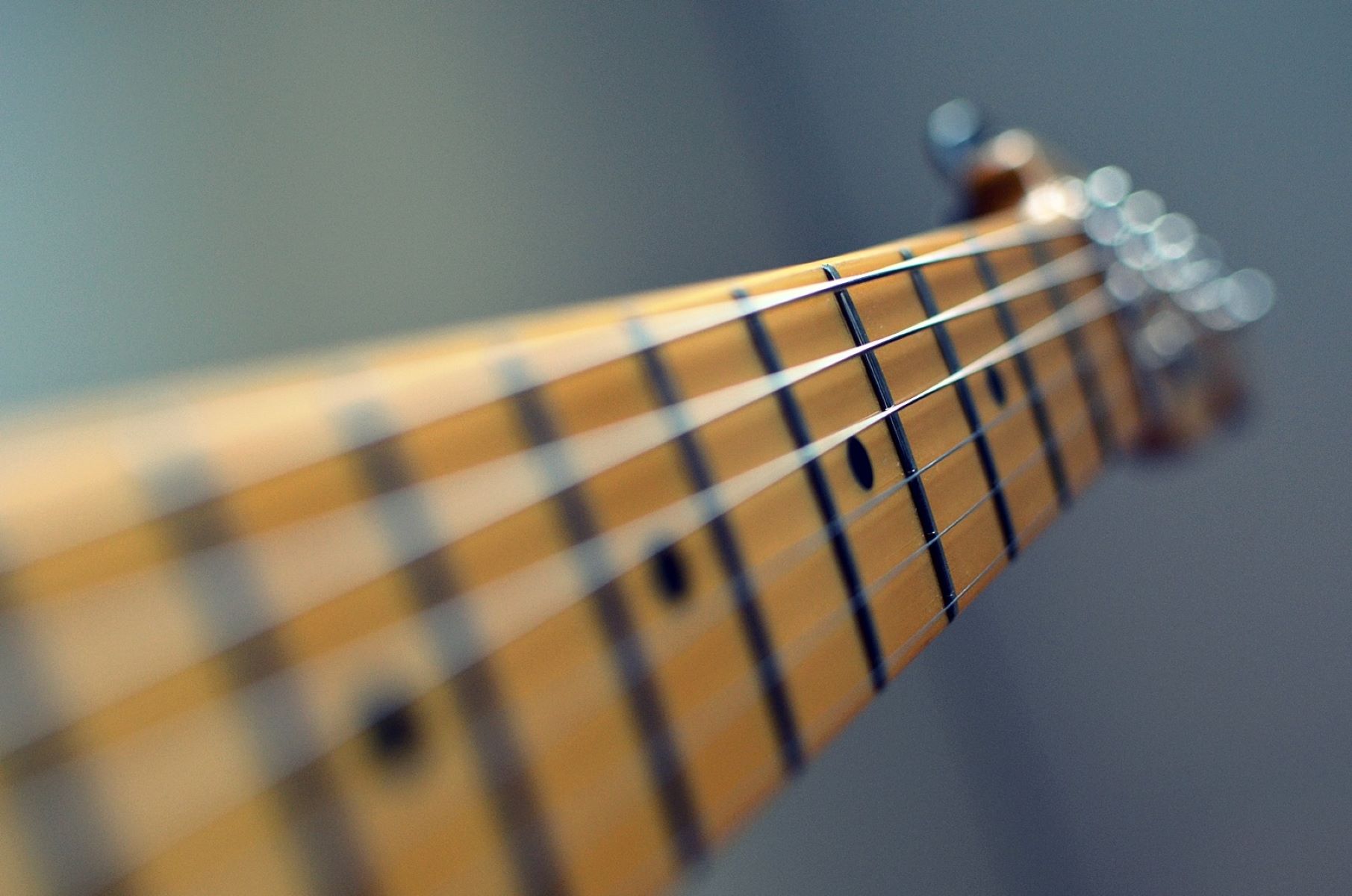

Reggae
What Scales Are Used In Reggae
Modified: February 15, 2024
Learn about the unique scales used in Reggae music and how they contribute to its signature sound. Discover the roots of Reggae and its distinctive blend of melodic patterns and rhythmic styles.
(Many of the links in this article redirect to a specific reviewed product. Your purchase of these products through affiliate links helps to generate commission for AudioLover.com, at no extra cost. Learn more)
Table of Contents
Introduction
Reggae music, with its infectious rhythms and soulful melodies, has captivated audiences worldwide for decades. Originating in Jamaica in the late 1960s, reggae is not only a genre of music but also an expression of cultural identity and social commentary.
One of the defining characteristics of reggae music is its use of distinct musical scales. These scales, combined with the laid-back groove of the rhythm section, create the unmistakable reggae sound that so many people love. In this article, we will explore the different scales that are commonly used in reggae music and discuss their unique qualities.
Reggae draws upon a variety of scales, each contributing to the overall feel and vibe of the music. From the major pentatonic scale to the blues scale, these scales add depth and emotion to reggae compositions, making them instantly recognizable and memorable.
Whether you’re a reggae enthusiast or simply curious about the music, understanding the scales used in reggae will deepen your appreciation for this powerful and influential genre.
The Major Pentatonic Scale in Reggae
One of the most commonly used scales in reggae music is the major pentatonic scale. This scale is made up of five notes and is known for its bright and uplifting sound.
When played in a reggae context, the major pentatonic scale brings a sense of joy and positivity to the music. It is often used in melodies and solos, adding a catchy and melodic element to the overall composition.
The major pentatonic scale is constructed using the root, major second, major third, perfect fifth, and major sixth degrees of the major scale. In the key of C, for example, the major pentatonic scale would consist of the notes C, D, E, G, and A.
Reggae melodies created with the major pentatonic scale have a bouncy and feel-good quality. They blend well with the syncopated rhythms and pulsating bass lines of reggae music, creating a sense of harmony and unity within the arrangement.
Artists such as Bob Marley and The Wailers often incorporated the major pentatonic scale into their reggae compositions. Songs like “One Love” and “Three Little Birds” showcase the bright and uplifting melodies that can be achieved with this scale.
The major pentatonic scale is versatile and can be used in various ways within reggae music. It can be played sequentially in ascending or descending patterns, or broken into smaller fragments to create melodic motifs. Regardless of how it is used, the major pentatonic scale adds a sense of optimism and positivity to reggae music.
Next time you listen to reggae music, pay attention to the melodies and solos. Chances are you’ll hear the major pentatonic scale in action, bringing that irresistible and uplifting reggae vibe to the forefront.
The Minor Pentatonic Scale in Reggae
While the major pentatonic scale is known for its bright and cheerful sound, the minor pentatonic scale brings a different flavor to reggae music. This scale, with its soulful and bluesy qualities, adds a touch of melancholy and emotional depth to reggae compositions.
The minor pentatonic scale is a five-note scale derived from the natural minor scale. In reggae music, it is often used to convey feelings of introspection, longing, and mystery. Artists utilize this scale to create soul-stirring melodies and expressive solos that resonate with listeners.
The notes in the minor pentatonic scale are the root, minor third, perfect fourth, perfect fifth, and minor seventh of the corresponding natural minor scale. For instance, in the key of A minor, the minor pentatonic scale consists of the notes A, C, D, E, and G.
Reggae songs that incorporate the minor pentatonic scale can evoke a sense of deep emotion and introspection. The haunting melodic lines and soulful solos created with this scale can be heard in classics like “No Woman, No Cry” by Bob Marley.
When used in reggae music, the minor pentatonic scale often interacts with the dominant and major chords in interesting and captivating ways. It adds tension and release to the music, creating a dynamic and engaging listening experience.
Reggae guitarists often employ bends, slides, and vibrato techniques when playing melodies or solos in the minor pentatonic scale. These techniques allow them to infuse even more expression and emotion into their playing, amplifying the scale’s impact.
Whether it’s a wailing guitar solo or a heartfelt vocal melody, the minor pentatonic scale is a crucial tool for reggae musicians. Its soul-stirring qualities create a powerful connection with the listener, conveying the depth of emotion that reggae music is renowned for.
As you explore reggae songs, listen out for the minor pentatonic scale and appreciate how it adds a beautiful touch of melancholy and emotion to the music.
The Mixolydian Scale in Reggae
Another scale commonly used in reggae music is the Mixolydian scale. Derived from the major scale, the Mixolydian scale has a unique and distinctive sound that adds a sense of groove and anticipation to reggae compositions.
The Mixolydian scale is characterized by its flattened seventh degree, which gives it a slightly bluesy and soulful flavor. In reggae music, this scale is often used to create a sense of movement and tension, adding an element of excitement and anticipation to the overall sound.
In terms of intervals, the Mixolydian scale is constructed using the root, major second, major third, perfect fourth, perfect fifth, major sixth, and flattened seventh degrees. For example, in the key of G, the Mixolydian scale would consist of the notes G, A, B, C, D, E, and F.
Reggae musicians utilize the Mixolydian scale to create energetic and catchy melodies that grab the listener’s attention. It adds a subtle twist to the traditional major scale, infusing reggae compositions with a unique flavor that sets them apart.
One notable example of reggae songs that incorporate the Mixolydian scale is “Redemption Song” by Bob Marley. The iconic guitar intro and melody of this song are played in the Mixolydian scale, contributing to its memorable and captivating quality.
When playing the Mixolydian scale in reggae music, musicians often emphasize the flattened seventh degree, adding a bluesy, soulful touch to their melodies and solos. This gives the music a distinct character and contributes to its infectious groove.
Reggae bands often use the Mixolydian scale in improvisations and extended instrumental sections. The scale’s unique intervals provide a platform for musicians to explore and create exciting musical phrases that keep the audience hooked.
If you listen closely to reggae music, you’ll start to recognize the Mixolydian scale at play, infusing the music with its groovy and anticipation-filled essence. So, the next time you find yourself tapping your feet to a reggae tune, pay attention to the Mixolydian scale and enjoy its infectious energy.
The Dorian Scale in Reggae
In the realm of reggae music, the Dorian scale is a key player, contributing its unique and captivating sound to countless reggae compositions. Known for its smooth and soulful qualities, the Dorian scale adds a touch of mystique and depth to the reggae sound.
The Dorian scale is a minor scale with a raised sixth degree, giving it a distinct flavor compared to the natural minor scale. In reggae music, this scale is often used to create melodies and solos that exude a sense of introspection and serenity.
The intervals that make up the Dorian scale are the root, major second, minor third, perfect fourth, perfect fifth, major sixth, and minor seventh. For example, in the key of D, the Dorian scale consists of the notes D, E, F, G, A, B, and C.
Reggae musicians employ the Dorian scale to evoke a rich blend of emotions within their music. It can convey a sense of longing, reflection, or even a cool and laid-back vibe that is typical of reggae music.
The Dorian scale is frequently used to spice up the chord progressions in reggae songs, providing a unique harmonic backdrop for the melodies and vocals. Its smooth and soulful qualities resonate particularly well with the pulsating basslines and rhythmic patterns characteristic of reggae music.
A popular example of a reggae song that incorporates the Dorian scale is “Stir It Up” by Bob Marley. This melodic and enchanting tune weaves the Dorian scale into its musical fabric, showcasing its ability to create a sense of tranquility and emotional depth.
When improvising or creating solos in reggae music, guitarists and other instrumentalists often turn to the Dorian scale for inspiration. Its unique set of intervals provides ample opportunities for melodic exploration and expression.
Next time you listen to reggae music, keep an ear out for the Dorian scale. Pay attention to how it enhances the overall mood and atmosphere of the music, adding a layer of beauty and introspection that is characteristic of reggae’s rich tapestry.
The Blues Scale in Reggae
Adding a touch of soul and raw emotion, the blues scale is another scale that is frequently employed in reggae music. Its distinct sound and expressive nature contribute to the captivating and powerful essence of the genre.
The blues scale consists of six notes, including the flat third, perfect fourth, flat fifth, natural fifth, flat seventh, and octave. This unique combination of intervals creates the signature bluesy sound that resonates deeply within reggae compositions.
When used in reggae music, the blues scale infuses the music with a strong dose of passion, intensity, and authenticity. Its expressive qualities allow reggae musicians to convey a wide range of emotions, from sadness and longing to strength and determination.
Reggae artists often incorporate the blues scale to add a touch of grit and soulfulness to their melodies, creating captivating vocal performances and instrumental solos. It adds a layer of depth and vulnerability, helping to connect with the listener on a profound level.
One iconic reggae song that demonstrates the use of the blues scale is “I Shot the Sheriff” by Bob Marley. The bluesy guitar riff and powerful vocal delivery in this song showcase the emotional potency that can be achieved with this scale.
Beyond its melodic applications, the blues scale also shapes the unique rhythms and chord progressions in reggae music. It influences the way musicians approach their playing, infusing their performances with a distinct blues flavor.
Whether it’s the wailing guitar solos, soulful vocals, or the subtle nuances in the basslines, the blues scale plays a crucial role in shaping the reggae sound. It adds a layer of complexity and richness, contributing to the genre’s enduring appeal.
Next time you listen to reggae music, pay attention to the blues scale and how it enhances the emotive and powerful aspects of the music. You’ll appreciate the bluesy undertones that make reggae a force to be reckoned with.
Conclusion
Reggae music is not just a genre; it’s a cultural and artistic movement that has left an indelible mark on the world. Central to the essence of reggae is the use of different musical scales, each adding its own unique flavor to the genre.
From the major pentatonic scale’s joyful and uplifting melodies to the minor pentatonic scale’s soulful and introspective quality, reggae music is a fusion of captivating sounds and emotions. The mixolydian scale adds a sense of groove and anticipation, while the dorian scale brings a touch of mystique and depth. Lastly, the blues scale infuses reggae with soul, passion, and raw emotion.
Understanding the scales used in reggae music not only deepens our appreciation for the genre but also gives us insight into the artistry and creativity of reggae musicians. Whether it’s the infectious melodies, hypnotic basslines, or powerful vocal performances, these scales shape the very foundation of reggae’s sound.
As you listen to reggae music, pay attention to the interplay between these scales and how they contribute to the overall vibe and emotional impact of the songs. Notice how the major pentatonic scale brings joy and positivity, or how the minor pentatonic scale elicits a sense of longing and melancholy. Feel the groove and anticipation created by the mixolydian scale, and savor the introspective beauty of the dorian scale. Finally, let the blues scale weave its raw passion and authenticity into every note.
Reggae music has the power to uplift, inspire, and unite people across cultures and generations. The use of these scales in reggae showcases the genre’s rich diversity and its ability to evoke a wide range of emotions. So, the next time you immerse yourself in the rhythm and melodies of reggae, take a moment to appreciate the musical craftsmanship and the profound impact these scales have on this iconic genre.

